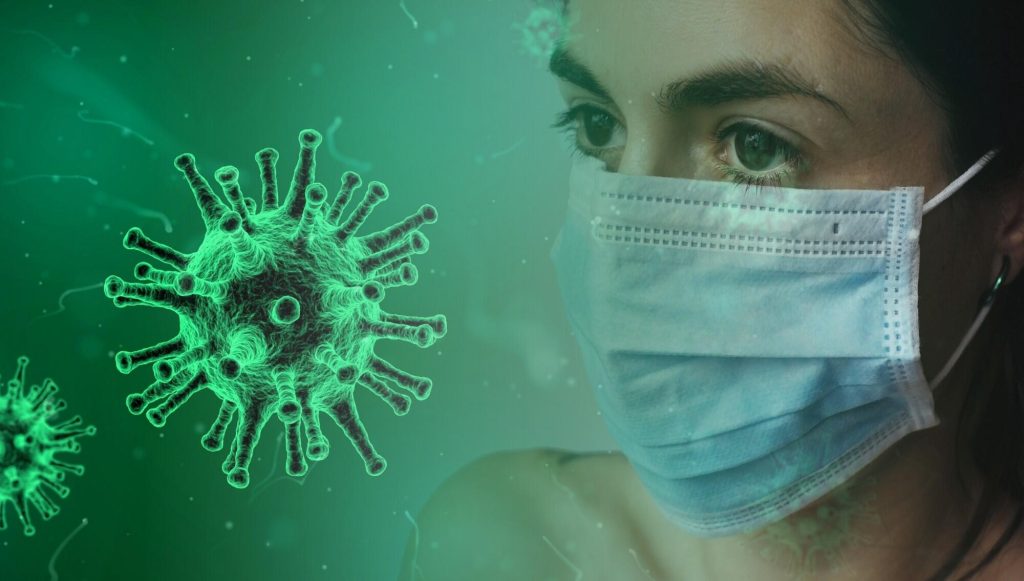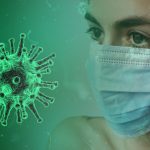Bloodborne pathogens are germs in human blood that can cause serious illness. They include viruses like hepatitis B, hepatitis C, and HIV. These can spread through contact with infected blood or fluids.
People working in health care, cleaning, or tattooing face higher risks. Simple safety steps can lower those risks and protect everyone. Learning how to handle blood safely keeps workplaces safer.
Read on to learn how to stay protected from bloodborne pathogens.
Understanding Bloodborne Pathogens
Bloodborne pathogens spread through contact with infected blood or other bodily fluids. These pathogens can enter the body through cuts, open wounds, or mucous membranes. Workers who handle sharp instruments or deal with injuries face higher risks.
Knowing the types of pathogens and how they spread helps build better safety habits. Regular training can improve awareness and reduce accidents. Taking the time to learn about prevention can help save lives.
The Importance of Using Personal Protective Equipment
Personal protective equipment, or PPE, acts as the first line of defense against exposure. Items like gloves, masks, and gowns reduce contact with contaminated materials. Proper use and disposal of PPE prevent cross-contamination.
Training staff on how to use and remove equipment correctly is vital. Employers should ensure PPE is always available and in good condition. Regular checks can make sure everyone remains protected.
Safe Handling of Sharps and Needles
Sharps, such as needles and scalpels, are common sources of exposure. Used needles should never be recapped, bent, or broken. Disposal containers must be puncture-resistant and placed close to the work area.
Clear labeling prevents mix-ups and promotes safer handling. Work areas should be kept clean to avoid accidental injuries. Following these simple steps helps prevent serious infections.
Importance of Training and Awareness
Education helps people understand how to manage and prevent risks. Training programs teach workers what to do if an exposure occurs. They also explain how to identify potential hazards in their work setting.
Ongoing awareness ensures safety practices stay fresh in everyone’s mind. This is especially useful when handling bloodborne pathogens for tattoo artists. This is because they often face direct exposure risks. Regular updates to training can keep everyone informed about new safety measures.
Proper Cleaning and Disinfection
Cleaning and disinfecting surfaces help reduce the spread of harmful organisms. Any area exposed to blood or body fluids should be treated with approved cleaning agents. Tools and equipment must be disinfected after every use.
Disposable materials should be properly sealed and thrown away. Maintaining clean workspaces prevents contamination. Good hygiene plays a big role in lowering the chance of infection.
Responding to Exposure Incidents
If an exposure occurs, immediate action is crucial. The affected area should be washed thoroughly with soap and water. The incident must be reported right away to ensure medical evaluation.
Quick medical care helps reduce the risk of infection. Follow-up testing may be needed to confirm safety. Keeping records of incidents also helps improve future prevention efforts.
Prevent Exposure from Bloodborne Pathogens
Protecting against bloodborne pathogens requires attention, discipline, and the right safety habits. Every worker should understand how these pathogens spread and how to avoid them. Using protective gear, proper handling, and regular cleaning are key steps.
Training ensures everyone knows what to do in any situation. With consistent care and awareness, exposure risks can be greatly reduced. Staying alert and following safety standards keeps workplaces and workers safe.
Should you wish to read more, check our blog. We’ve got other topics!







